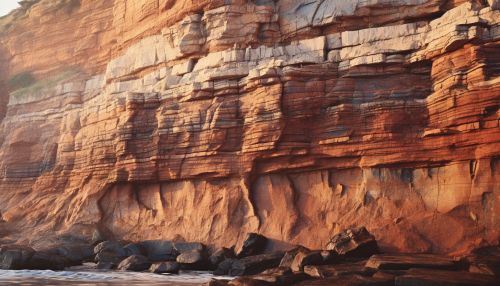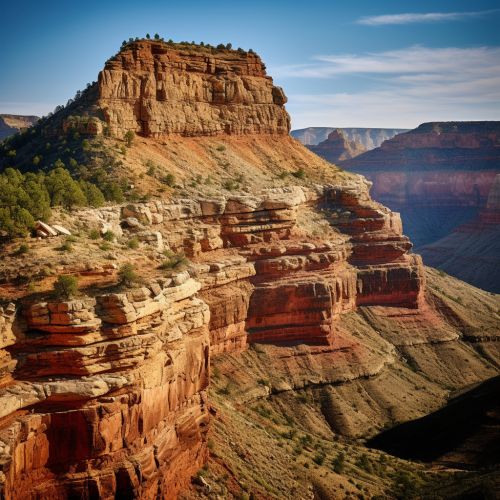Principle of Cross-Cutting Relationships
Introduction
The principle of cross-cutting relationships is a fundamental concept in the field of geology that was first proposed by the Danish geological pioneer Nicolas Steno in the 17th century. This principle is used by geologists to interpret the ages of rocks and the sequence of geological events that have occurred over time.


Concept
The principle of cross-cutting relationships states that any geological feature that cuts across, or disrupts, another feature must be younger than the feature that is disrupted. This principle applies to all types of geological features, including rock layers, sediments, fossils, and even the faults and fractures that disrupt them.
Application
In practice, geologists use the principle of cross-cutting relationships to establish the relative ages of rocks and the sequence of geological events. For example, if a fault cuts across a sequence of sedimentary rocks, the fault must be younger than the rocks it cuts across. Similarly, if a body of igneous rock intrudes into a sequence of sedimentary rocks, the igneous rock must be younger than the sedimentary rocks it intrudes.
Examples
One of the most famous examples of the application of the principle of cross-cutting relationships is in the Grand Canyon in the United States. The layers of rock in the walls of the canyon provide a record of the geological history of the area. The principle of cross-cutting relationships allows geologists to interpret this record and understand the sequence of events that led to the formation of the Grand Canyon.


Limitations
While the principle of cross-cutting relationships is a powerful tool in geological interpretation, it is not without its limitations. For instance, it can only establish the relative ages of rocks, not their absolute ages. For this, geologists must use other methods, such as radiometric dating. Furthermore, the principle assumes that geological features are the result of natural processes, and may not hold true in cases where human activity has altered the landscape.
